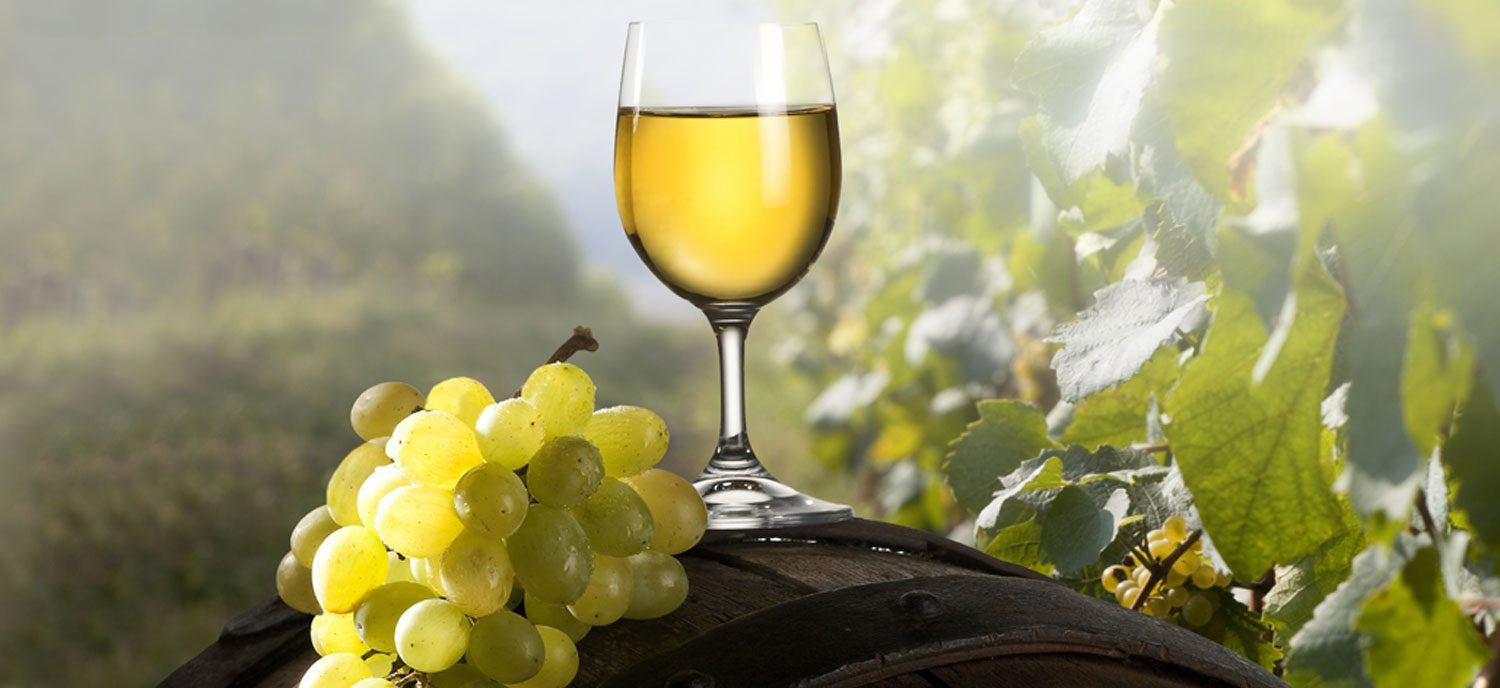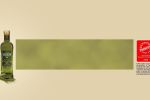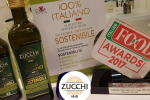27 November 2014
We decided to start this editorial because we believe that blending, if done skilfully, leads to the kind of “healthy mix” that can give new life to a product, both in the world of gastronomy and in other areas.
To start our journey through the various ways in which the art of blending can express itself, we looked at a product which is much appreciated by foodies and which, like olive oil, undergoes this process: wine. And in this field, sparkling wine offers us an interesting example through cuvée.
This French term means a mix of wines and grape varieties in different proportions, which are blended to obtain a new, higher quality wine. In the Champagne region, for example, the large production houses manage to achieve sparkling wines with consistent flavour and quality by only blending wines taken from three different grape varieties from different vineyards and, most importantly, of different vintages. This is because, due to the latitude, grapes in this area do not always ripen perfectly.
It follows, therefore, that to obtain a good cuvée, the skill of the winemaker is fundamental: it is the winemaker that needs to know how to find the right mix to give the final product a rounded and delicate taste. What’s more, since every vintage is unique, the composition of a specific blend is never the same: it is essential to know how to adjust the proportions and each time assess what is the right balance for an excellent end result.






